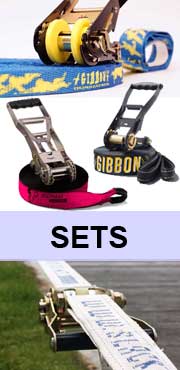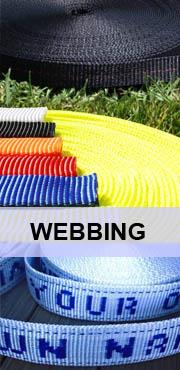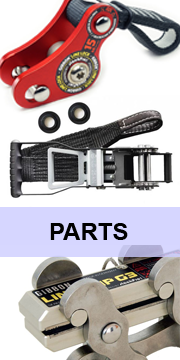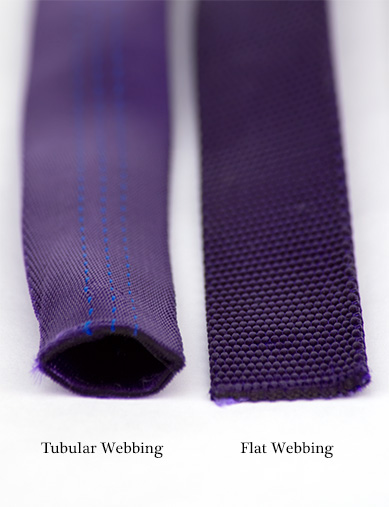Slackline Knowledge
Flat Slackline Webbing vs. Tubular Slackline Webbing
We get these questions a lot here at the Slackline Shop and have done our best to write together some pros and cons about each option. What benefits each webbing has as well as list the main differences in bullet points.
Flat Webbing
- easier to get tensioned
- more bouncy when jumping
- more direct response
- lighter and less space used when rolled up
- thinner
- feels harder on feet when walking
- thinner and sharper edges
- feels more flat
- easier for slackline jumping tricks
Tubular Webbing
- feels softer
- rounds up almost like a rope sometimes
- harder to get tension on it, needs a multiplier when primitive tensioning system in in action
- not as much tensioned when same force is applied during tensioning
- more flex
- more slack when jumping into
- less energy released when try to jumping
- harder to do slackline tricks (jumping tricks)
- long-lasting, because loose side of the webbing wont get stressed on tensioning system (carabiner, link or shackle)
- better for barefeet walking
- more sag (is the measured distance between horizontal setup with no person and person standing on it and pulls webbing down)
| Webbing Type | Flat | Tubular |
| Typical Feel | Textured | Softer |
| Bounce | ★★★ | ★★ |
| Tension | ★★★ | ★★ |
| Flex | ★★ | ★★★ |
| Durability | ★★ | ★★★★ |
| Comfort | ★★ | ★★★★ |
| Tricks | ★★★★ | ★★ |
Have a look at our main Flat Slackline webbing sets: Flat Slackline Webbing
And also check out our main Tubular Slackline webbing sets: Tubular Slackline Webbing
Hope this post helped you to get a rough overview about the main differences of the tubular and flat webbing types. Please feel free to comment bellow if your experience is different with flat and tubular webbing, or if you just want to add a point or two!
Comments highly welcome!




